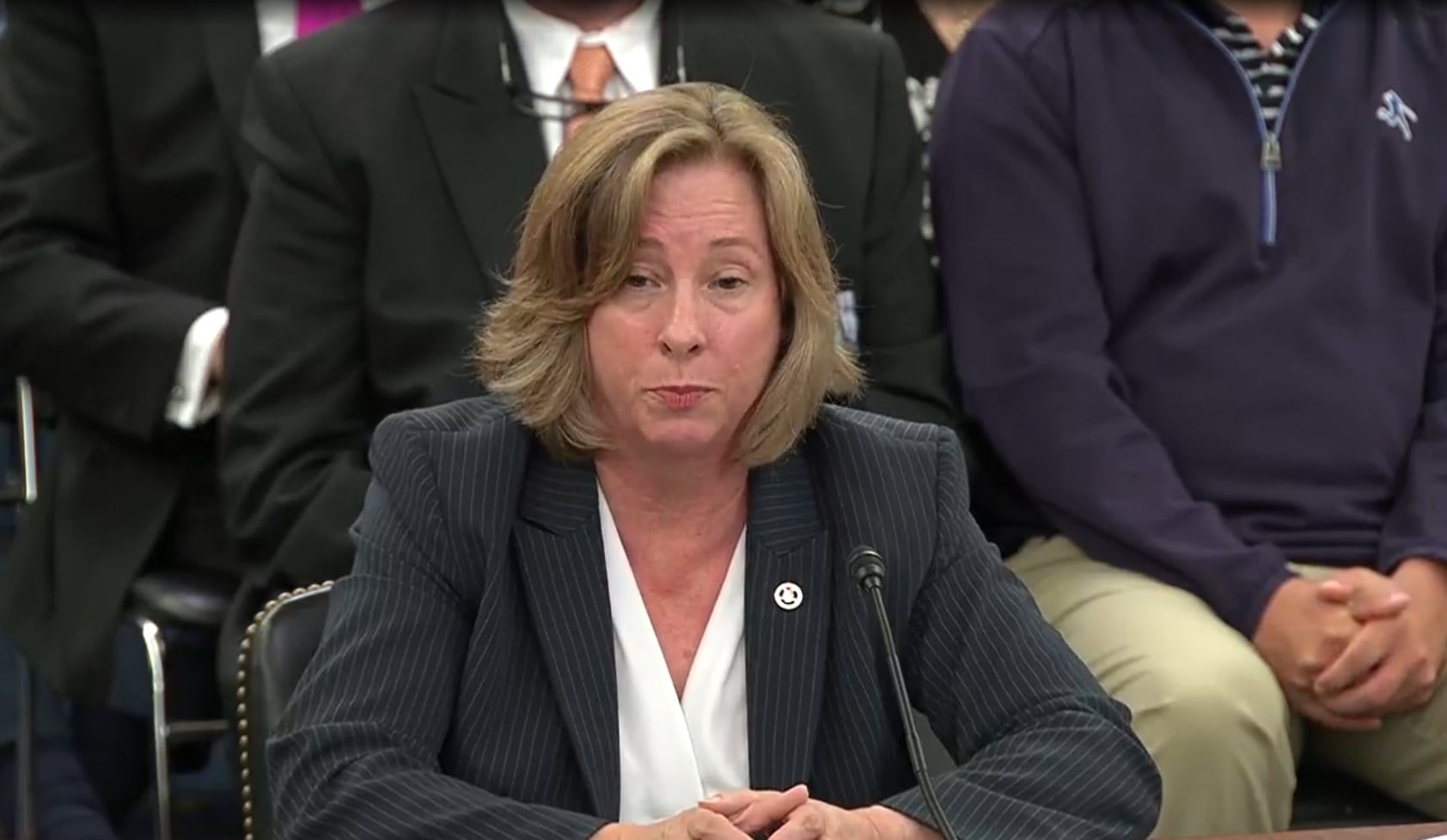Two of the Air Force's largest major commands will see their leadership change in the coming months, as both train and prepare for the shifting focus toward the Pacific.
Gen. Mike Hostage, commander of Air Combat Command, is set to retire in January. Gen. Hawk Carlisle, commander of Pacific Air Forces, will take his position once confirmed. Lt. Gen. Lori Robinson, vice commander of Air Combat Command, has been nominated for her fourth star and PACAF command.
These changes come as ACC and PACAF airmen take part in a Defense Department-wide pivot to the Pacific and prepare to face a new generation of issues in the region.
ACC's future
Air Combat Command airmen will have to evolve to become multirole — like the aircraft the command flies, Hostage said in email responses Sept. 11 to questions from Air Force Times.
"We will continue to need airmen who can find unique solutions to the complex problems we will continue to face," he said. "We need airmen who possess a broad spectrum of skills, who can provide a diversity of solutions."
The new deployment model, AEF Next, will be one of the first changes ACC airmen will see. Larger teams of airmen from the same unit will deploy together, generally under a 1:2 deploy-to-dwell ratio.
While airmen are at their home base, ACC needs to enhance their training, both live and virtual.
"As the tactical environment becomes more contested, we owe it to them to ensure they receive the best and most realistic training possible, whether that is live, virtual and constructive, or a combination," Hostage said.
ACC needs to move away from single-role aircraft, and work with the new generation that can combine multiple missions in one aircraft. The Air Force has been battling with Congress to retire the A-10, which is focused on close air support. While "in a perfect world" the Air Force would keep this fleet, service leaders have said there isn't space for that under budget constraints.
"The future success of the Combat Air Forces will depend on platforms that are flexible and survivable across the full spectrum of operations," Hostage said. "Divesting platforms that do not meet these criteria is the best way to preserve funding for readiness, which is crucial to maintaining our competitive edge."
The Air Force needs to cut these aircraft to make way for a new generation of flexible, and more expensive, such as the fifth-generation F-35.
"What [commanders] need are platforms that have global, long-range, multirole capabilities that can operate in many different operational environments," Hostage said. "The ability to flex from a close air support mission in CENTCOM to a near-peer deterrence mission in the highly contested PACOM [area of responsibility] is what makes the Air Force lethal, and operationally relevant today."
Challenges in the Pacific
Pacific Air Forces will focus on the region's changing political, military and fiscal challenges, such as China's recently declared Air Defense Identification Zone and North Korea's nuclear tests.
"Uncertain global economic issues, increased regional nationalism and expected natural disasters add to the complex nature of the Pacific environment," Carlisle said in a Sept. 11 email. "Additionally, PACAF foresees challenges to its advantage in air, space and cyber domains."
The new generation of aircraft, including the F-35, KC-46A tanker and the long-range strategic bomber, are needed to deal with new security requirements. Additionally, surveillance aircraft will see increased use. Airmen are developing ways to improve missile defense while working with allies.
"PACAF will rely on airmen's abilities to create innovative solutions and develop game-changing technologies within the lines of operation to help utilize existing weapons systems and cultivate tactics, techniques and procedures," Carlisle said. For example, airmen came up with the new "Rapid Raptor Package," where four F-22 aircraft and needed equipment can deploy in a 72-hour window with the help of one C-17.
U.S.-based units have seen increasing rotations through the Pacific, such as the continuous bomber presence of B-2s and B-52s at Andersen Air Force Base, Guam, and F-16s rotating through Kunsan Air Base, South Korea, where units of the Washington, D.C., and New Jersey Air National Guard are deployed.
"[These deployments] provide the Pacific region with forces capable of a variety of operations, including disaster relief, global situational awareness, combating piracy, active defense and power projection," Carlisle said.




